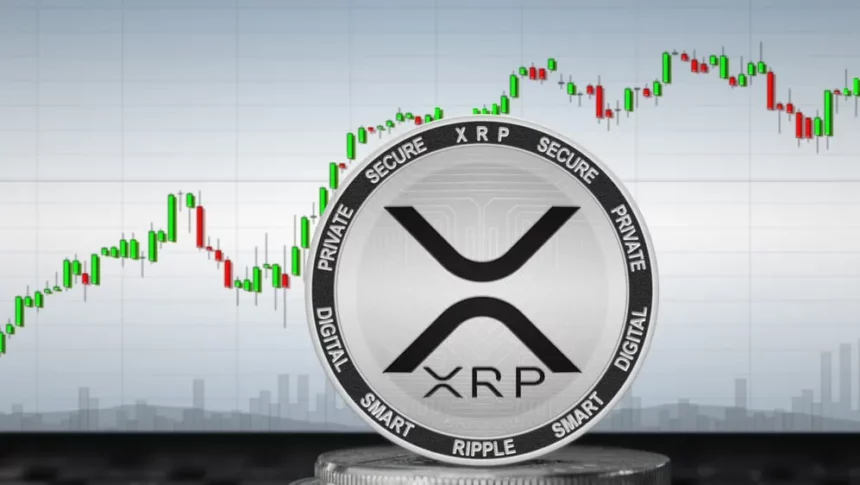XRP demonstrated notable resilience in the first quarter of 2025, weathering broader crypto market volatility with strong performance metrics and growing institutional adoption. The digital asset saw transaction costs rise to $0.00918 per transaction—marking a 91.10% increase—while its average closing price climbed 89.41%, reaching $2.70 by the end of the quarter.
This impressive performance coincided with a surge in institutional interest. Notably, Franklin Templeton filed for a spot XRP ETF, signaling growing confidence in the asset’s long-term viability. In parallel, CME Group launched XRP futures contracts, further cementing XRP’s presence in institutional trading infrastructure.
Regulatory Clarity and Strategic Expansion Strengthen Market Position
Ripple achieved a major legal milestone when the U.S. Securities and Exchange Commission (SEC) withdrew its appeal in the ongoing case concerning XRP’s classification. The move significantly reduced potential regulatory penalties and marked a positive shift in the U.S. regulatory landscape. This regulatory clarity was further supported by the new administration’s crypto-friendly stance, including relaxed accounting rules for banks and proactive legislation around stablecoins.
In a strategic move aimed at expanding its institutional reach, Ripple completed the $1.25 billion acquisition of Hidden Road, a global prime brokerage. This acquisition underscores Ripple’s continued investment in enhancing the XRP Ledger’s capabilities for enterprise-level financial solutions.
Despite a 37.06% decline in on-chain transactions and a 40.28% drop in new wallet creations, XRP’s network fundamentals showed resilience. Trustlines increased by 7.10%, signaling ongoing confidence in the ecosystem’s stability and utility.
Looking ahead, Ripple CEO Brad Garlinghouse announced a shift in the company’s reporting approach. Starting Q2 2025, Ripple will move to a real-time transparency model, offering ongoing updates to stakeholders and investors.
XRP’s Q1 performance highlights its ability to navigate complex market and regulatory environments while continuing to gain traction among institutional players.



